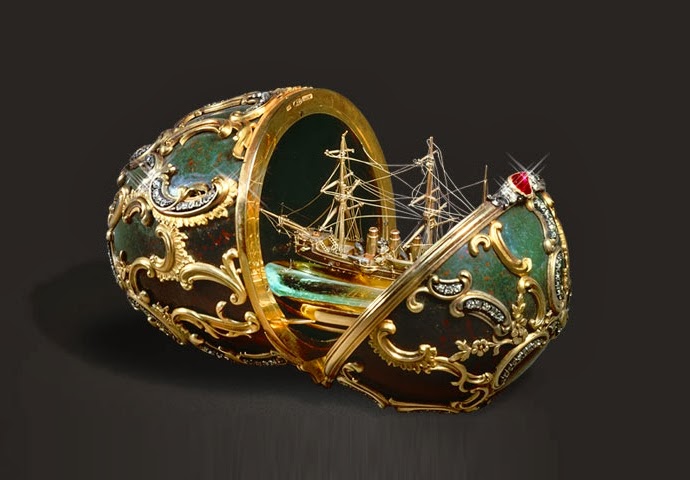Dal 22 Febbraio 2014 al 02 Giugno 2014
http://www.palazzoroverella.com
L’arte nordica (scandinava, baltica, scozzese e tedesca più in generale) occupò nelle prime edizioni della Biennale di Venezia, che nasce nel 1895, il ruolo di protagonista, a fianco dei residui dell’arte pompier e delle manifestazioni dell’ ufficialità accademica internazionale, rappresentando un elemento di novità e la vera svolta verso linguaggi e sensibilità ‘moderni’ e talvolta rivoluzionari.
Incise anche sull’ evoluzione dell’ambiente artistico italiano tanto che Vittorio Pica, il critico italiano forse più aggiornato e internazionale dell’epoca, ebbe a dire nel 1901 con indubbia efficacia come gli artisti italiani, vecchi e giovani, fossero presi da una sorta di ossessione nordica: “Il visitatore che entra per la prima volta in alcune sale della sezione italiana di questa quarta mostra di Venezia e si sofferma a guardarne, con particolare attenzione, le varie tele, grandi e piccole, disposte in bell'ordine intorno alle pareti, non può non osservare che parecchi dei nostri pittori, specie se veneti o lombardi, si appalesano profondamente influenzati dall'arte nordica, tanto da rinunciare ad alcuni tradizionali caratteri dell'arte italiana per presentarsi camuffati da Scozzesi, Scandinavi o Tedeschi”.
Partendo da questa intuizione di Pica, che fu anche Segretario generale della Biennale, per la prima volta una grande mostra intende documentare quanto i “Nordici”, intesi nel senso più ampio del termine secondo le intenzioni del critico, Boecklin, Hodler, Klimt, Klinger, von Stuck, Khnopff e gli Scandinavi di varie tendenze come Zorn, Larsson o addirittura Munch, abbiano influenzato gli italiani, che ne hanno subìto il fascino o che ne hanno abbracciato con convinzione ed efficacia le suggestioni.
http://www.palazzoroverella.com
L’arte nordica (scandinava, baltica, scozzese e tedesca più in generale) occupò nelle prime edizioni della Biennale di Venezia, che nasce nel 1895, il ruolo di protagonista, a fianco dei residui dell’arte pompier e delle manifestazioni dell’ ufficialità accademica internazionale, rappresentando un elemento di novità e la vera svolta verso linguaggi e sensibilità ‘moderni’ e talvolta rivoluzionari.
Incise anche sull’ evoluzione dell’ambiente artistico italiano tanto che Vittorio Pica, il critico italiano forse più aggiornato e internazionale dell’epoca, ebbe a dire nel 1901 con indubbia efficacia come gli artisti italiani, vecchi e giovani, fossero presi da una sorta di ossessione nordica: “Il visitatore che entra per la prima volta in alcune sale della sezione italiana di questa quarta mostra di Venezia e si sofferma a guardarne, con particolare attenzione, le varie tele, grandi e piccole, disposte in bell'ordine intorno alle pareti, non può non osservare che parecchi dei nostri pittori, specie se veneti o lombardi, si appalesano profondamente influenzati dall'arte nordica, tanto da rinunciare ad alcuni tradizionali caratteri dell'arte italiana per presentarsi camuffati da Scozzesi, Scandinavi o Tedeschi”.
Partendo da questa intuizione di Pica, che fu anche Segretario generale della Biennale, per la prima volta una grande mostra intende documentare quanto i “Nordici”, intesi nel senso più ampio del termine secondo le intenzioni del critico, Boecklin, Hodler, Klimt, Klinger, von Stuck, Khnopff e gli Scandinavi di varie tendenze come Zorn, Larsson o addirittura Munch, abbiano influenzato gli italiani, che ne hanno subìto il fascino o che ne hanno abbracciato con convinzione ed efficacia le suggestioni.









.jpg)

.jpg)


.jpg)
